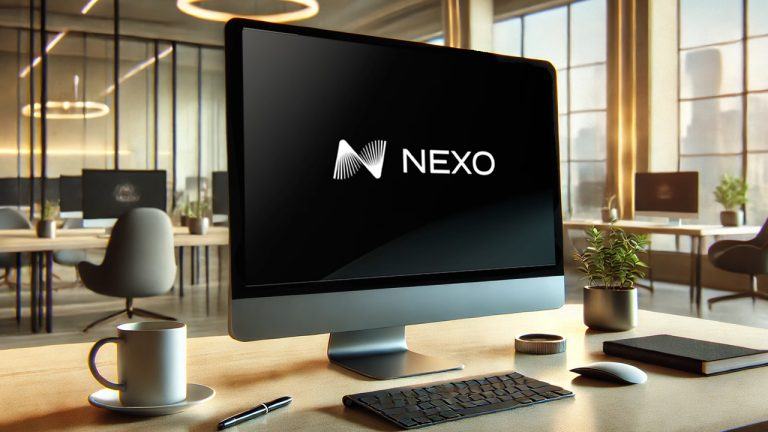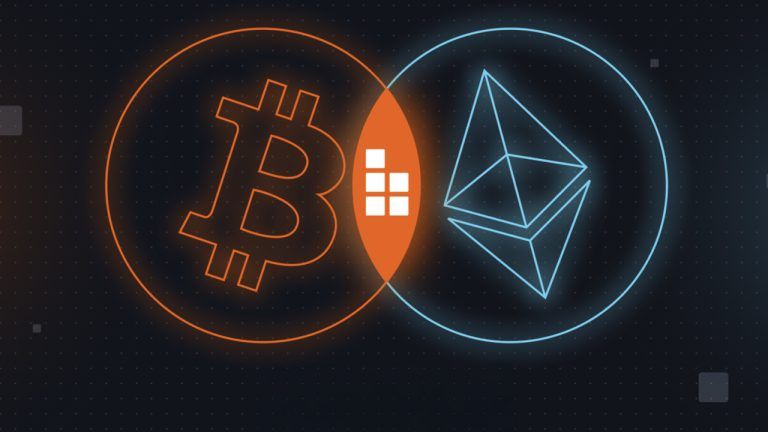
Metaverse-as-a-service will be the basis of the next internet era of Web3

The success and mass adoption of the Metaverse relies on the ability of users to build their own. In other words, utilizing metaverse-as-a-service technology.
The concept of the Metaverse has been around since the 1980s, but it has only been in recent years that we’ve seen hundreds of projects popping up on the scene. What we are currently experiencing are gamified worlds with limited integration and engagement abilities. Right now, the Metaverse is still a blank canvas for early adopters to test and entertain the concept. When looking at the future of engagement in the Metaverse and bridging the gaps between the physical and digital worlds, however, we need to push the boundaries and go beyond what is currently seen as a metaverse. Let us begin looking at leaders who have begun building the next internet, which promises to be powerful for commerce, engagement and entertainment.

For the Metaverse to succeed and become a regular tool used in people’s daily lives, it must enable users to engage with it. As a sci-fi concept or within the gaming world, metaverses sound fantastic. But, for them to thrive as a social and business tool, we must ensure that there is a layer of utility or incentives that keep users invested. Web3-powered technology has a significant role to play in helping push forward with the concept and idea of the Metaverse thanks to blockchain technology, nonfungible tokens (NFTs), extended reality (XR), artificial-intelligence (AI) capabilities and plenty more. Metaverses that feature bespoke functionalities, speak to their customers and industry of choice and build new avenues of virtual engagement will find the most value in a metaverse-as-a-service (MaaS) offering. It will enable its users to customize their own cities from A-Z and will be the foundation of the next internet.
Related: Sci-fi or blockchain reality? The ‘Ready Player One’ OASIS can be built
So, what is MaaS? It is a service model where brands can define their spaces to be whatever they want them to be. A MaaS platform enables others to create digital locations that fit each of its users’ unique needs, whatever that may look like. For the Metaverse to succeed as a practical concept, MaaS solutions will be key. Here’s why.
Each metaverse has different requirements
Everyone has a perspective or vision about what the metaverse could be or become, whether that is a gamified world or an access point to Web3. Users want the opportunity to define the space and shape it into a platform that mirrors even the most vivid of imaginations. A world where users can connect with their favorite musical or visual artists will vary vastly from a world built to engage with sports fans. While Web3 acts as the common thread across the many metaverses, the idea is to use decentralization to ensure each one is unique and serves different purposes. One-size-fits-all is not what the Metaverse is or should be about. With MaaS, customization will be critical and in the hands of the creators. An e-sports metaverse dome will rely more heavily on team branding and gamified tokenization, whereas an entertainer may want to create an event space to host virtual concerts.

Each metaverse has different requirements based on the industry and the layer of engagement they are looking at activating with the end-user. A metaverse is a place for brands to expand their fan bases and build communities as an added layer of engagement. So, not only will the elements be different, but the branding throughout the Metaverse will have to look different as well. As more brands choose to expand their community engagement efforts into the Metaverse, the more customizable it needs to be.
Related: Demystifying the business imperatives of the Metaverse
Not everyone will have the skill to set up this type of metaverse — just like not everyone could learn to code to set up a website, but then platforms like WordPress and Shopify came along. Those platforms offered the opportunity of a core base built by technology experts and experts in the field while allowing customization by the end-user as per branding and strategy. This is the benefit of MaaS.
Building with interoperability in mind
The virtual environment is a place to socialize, build relationships and create communities where people can have real-time interactions with other users. To take this one step further, users should not be locked into one metaverse or community but must be able to interact with and transport their avatar between other metaverses. Imagine if you had to change browsers every time you had to visit a website, depending on where it was built or hosted. Chances are you wouldn’t. Interoperability ensures that any metaverse built won’t become a virtual island and that people across multiple metaverses will be able to exchange experiences and possessions. As such, each element has to be designed around interoperability, as each Web3-powered solution needs to work in each metaverse — whether it is a token, an avatar, an NFT or other digital assets.
Related: The metaverse puts the digital asset interoperability challenge on steroids
Building with interoperability in mind will connect people, have open borders and make the Metaverse more accessible to all. Borderless solutions have taken off in other industries, but the same concept must also apply in digital realms. For example, avatars within an e-sports metaverse should be able to travel to their favorite fashion brand’s metaverse to make purchases as well.
Enabling users to build on top of the physical world
The Metaverse shouldn’t act as a replacement for the physical world but should be an added layer of engagement that enhances real-world experiences. A MaaS will enable users to integrate engagement layers within their own physical world as well. For example, if a person has an NFT on display in their physical house, a visitor can scan a QR code and end up in that person’s metaverse, where the visitor can continue looking through the host’s gallery of NFTs — this function can be activated through XR. Without MaaS as an option, the Metaverse will continue to be a gamified world that only digitally exists as singular disconnected spaces. MaaS will bridge the gap between the physical and digital worlds through immersive experiences and an always-on layer of engagement.
As metaverses continue to launch, it is up to more than just the blockchain experts behind them to shape what they will look like. MaaS will be a catalyst for creativity, as well as the next necessary step for the creator economy to thrive.
Related: The creator economy will explode in the Metaverse, but not under Big Tech’s regime
When the internet launched back in the 1980s, it would have never grown into what it is today without those who started building on it. Early adopters will lay the foundation for how the Metaverse will develop and what it will become. Mass adoption of the Metaverse can only happen when MaaS enables users other than crypto natives to start creating their own metaverses, paving the way for the next generation of the digital ecosystem.
This article does not contain investment advice or recommendations. Every investment and trading move involves risk, and readers should conduct their own research when making a decision.
The views, thoughts and opinions expressed here are the author’s alone and do not necessarily reflect or represent the views and opinions of Cointelegraph.
Go to Source
Author: Sandra Helou









